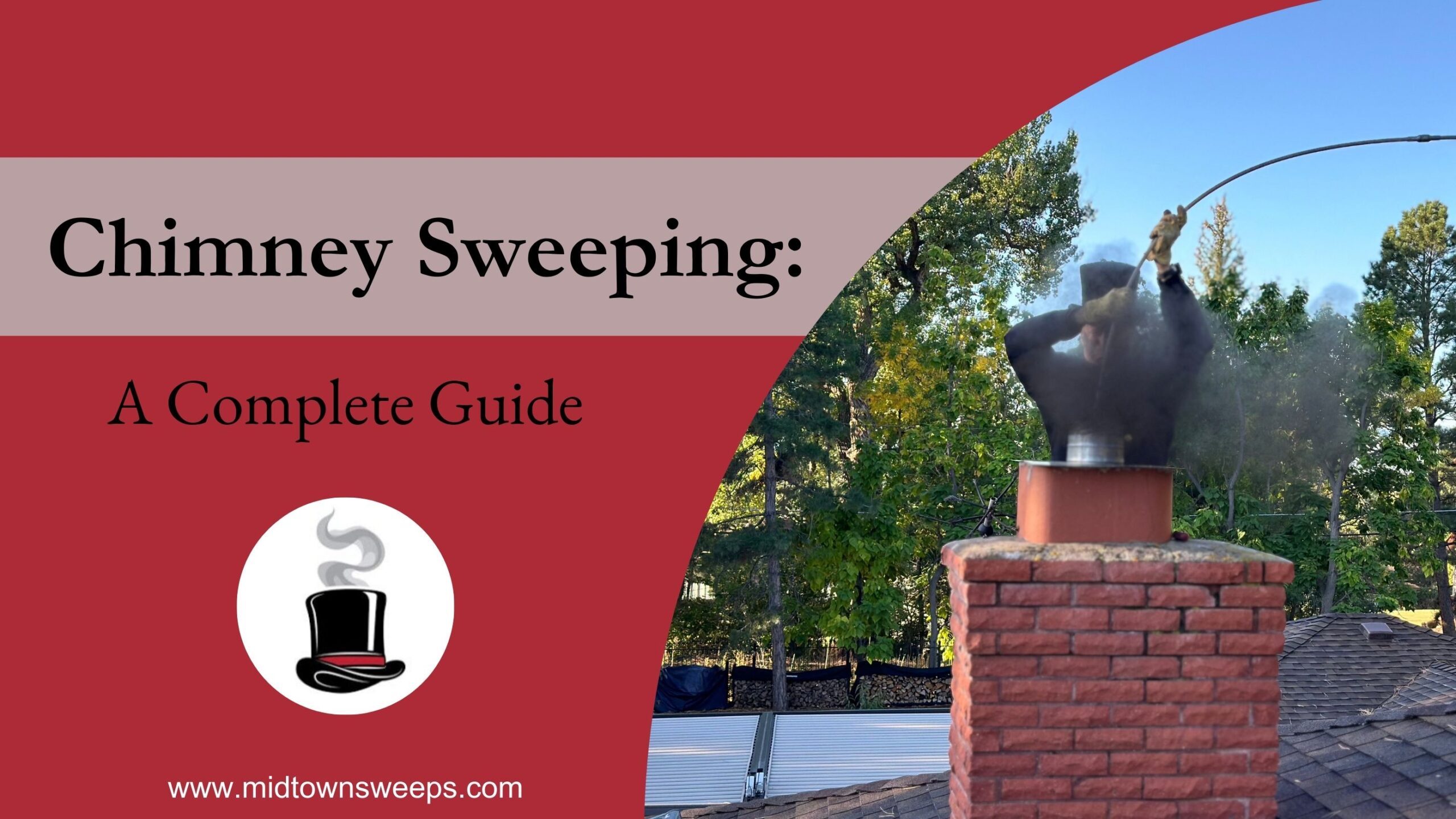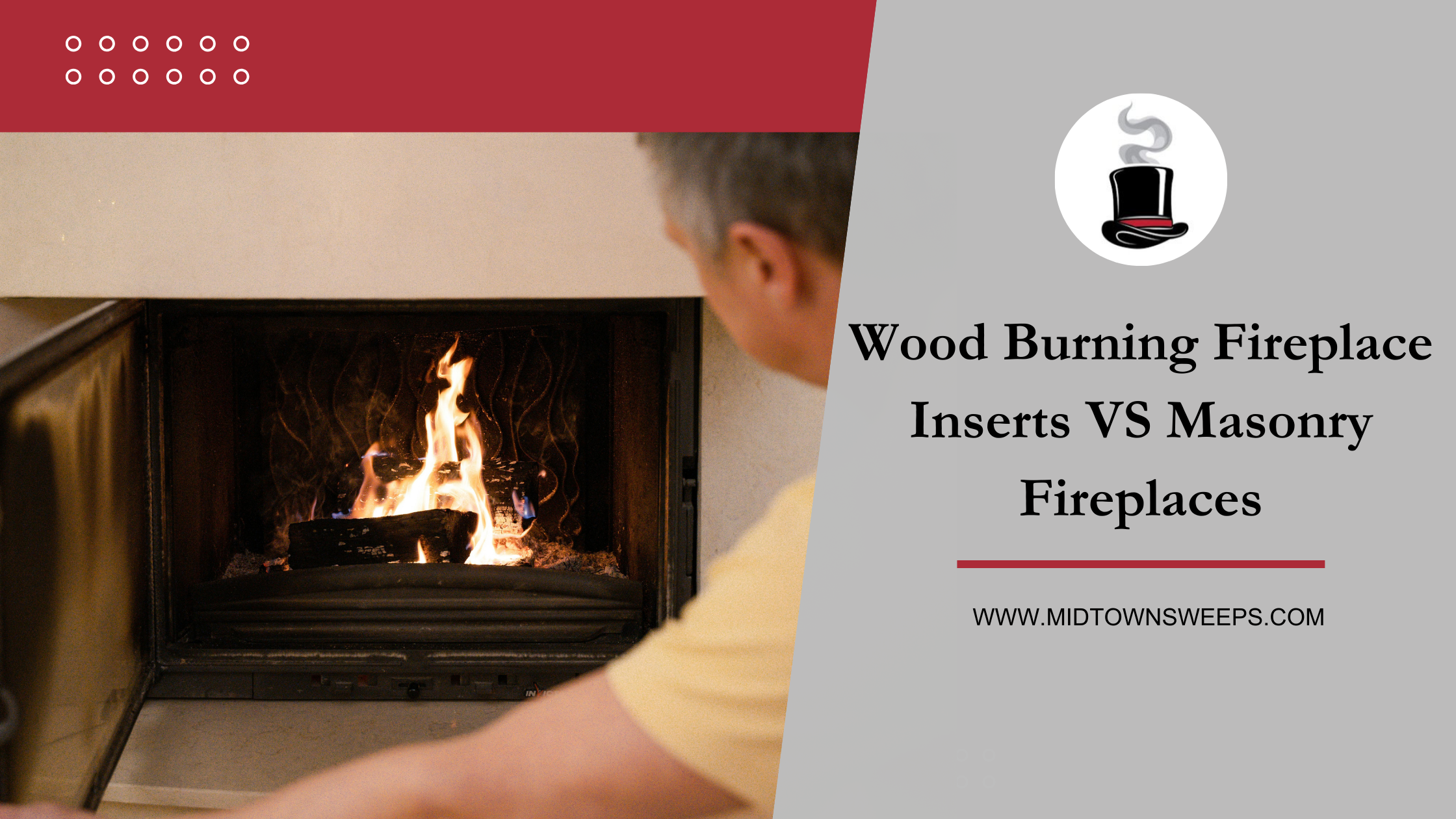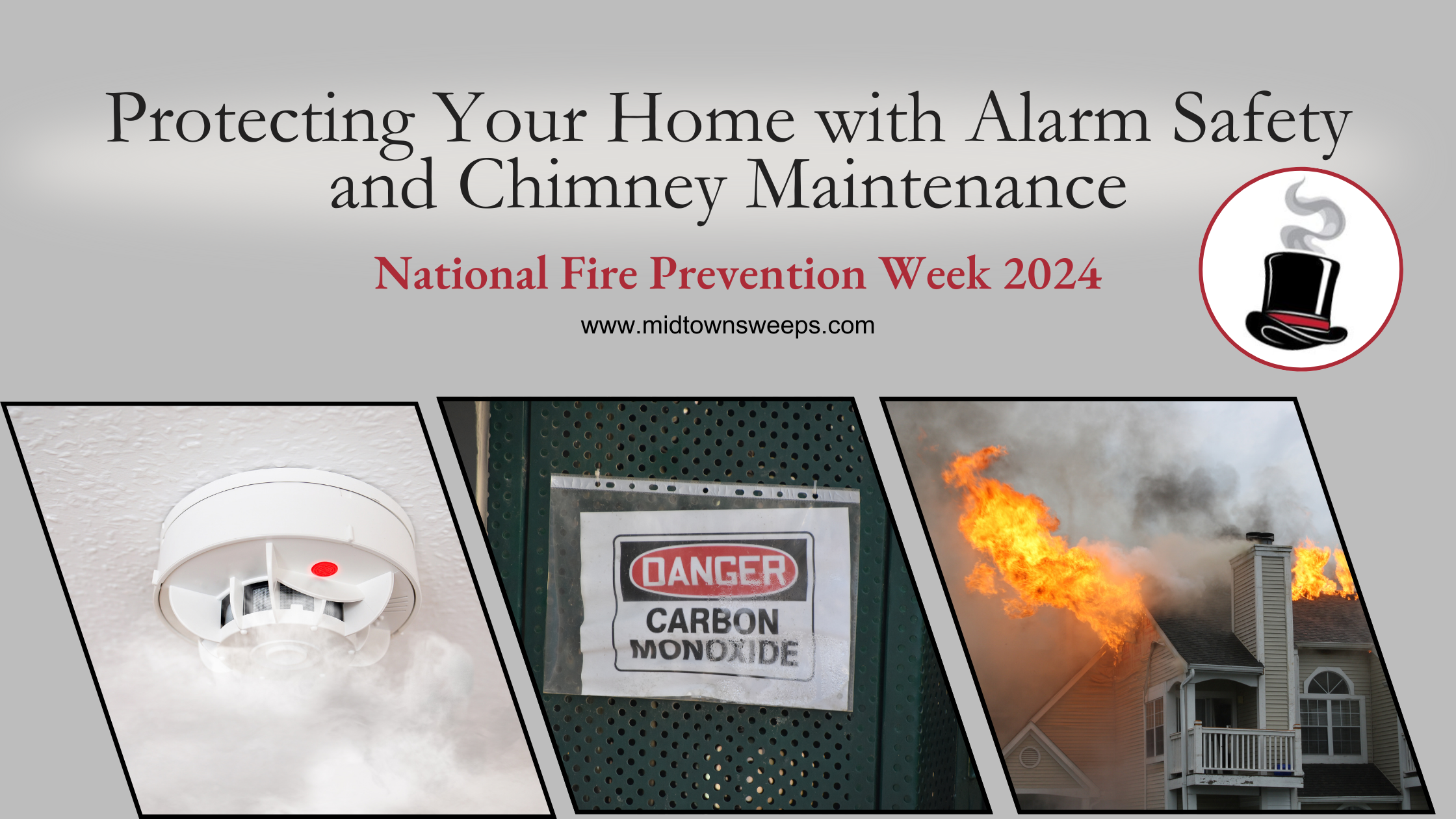Your dryer uses heat to get your clothes dry, but it shouldn’t make your home feel warmer. If you’ve noticed that your home gets hotter when your dryer is on, that means it’s time to clean the vents. Learn more about dryer hazards that can occur when you have clogged vents and how you can prevent these from happening.
Dryer Hazards
Lint can build up in your dryer vents over time. When enough lint accumulates, it can end up clogging these vents and putting your home at risk of certain hazards. The most serious hazard is the risk of a house fire. In fact, the National Fire Protection Association states that lint, dust, and fiber are the leading causes of fires that start in clothes dryers. Between 2010 and 2014, fire departments handled more than 15,000 house fires that involved dryers. Since these fires can lead to serious structural damage and put the lives of you and your family at risk, it’s important to make sure you have clean dryer vents.
When you haven’t had dryer vent cleaning done in awhile, another hazard is having pests or wildlife get into them. Birds, bugs, and other critters can get inside dryer vents and damage them or clog them up with nesting material and food.
Another hazard of having clogged vents is that this causes your dryer to work harder in order to thoroughly dry your clothes. This leads to wear and tear on your dryer that could cause it to break down and need repairs or a replacement. You’ll also be spending more money on your utility bills with your dryer running more often.
Signs of Clogged Vents
How can you tell if you have clogged dryer vents? The following signs mean you should look into having professional service done to give you clean vents for dryer:
- Longer time to dry: If you have to run your dryer more than once, especially on a regular basis, this can mean there’s an airflow problem. Clogged vents can cause this problem to occur, forcing you to use your dryer more often than usual.
- Burning odor: A burning odor is a strong indicator that you have vents that need to be cleaned. If you also notice smoke, call the fire department right away.
- Hot surfaces: The outside of your dryer should feel warm when it’s running, but it shouldn’t feel hot to the touch. The same goes for the clothing inside the dryer.
- Lint around outside vent: Your outside dryer vent shouldn’t have lint or other debris building up around it.
How Often to Have Dryer Vent Cleaning Done
If you’re not in the habit of doing this already, you should be cleaning the lint trap in your dryer after every use. This helps prevent lint from building up and causing a fire hazard. You should also have professional dryer vent cleaning done on a routine basis to prevent lint and other debris from accumulating. This cleaning service should be done once or twice a year or as often as needed if lint builds up more often. Professional cleaning helps thoroughly unclog vents and ensures that you don’t have lint building up in your dryer vent duct. Scheduling this service helps protect your home from fire hazards and keeps your dryer working safely and properly.












